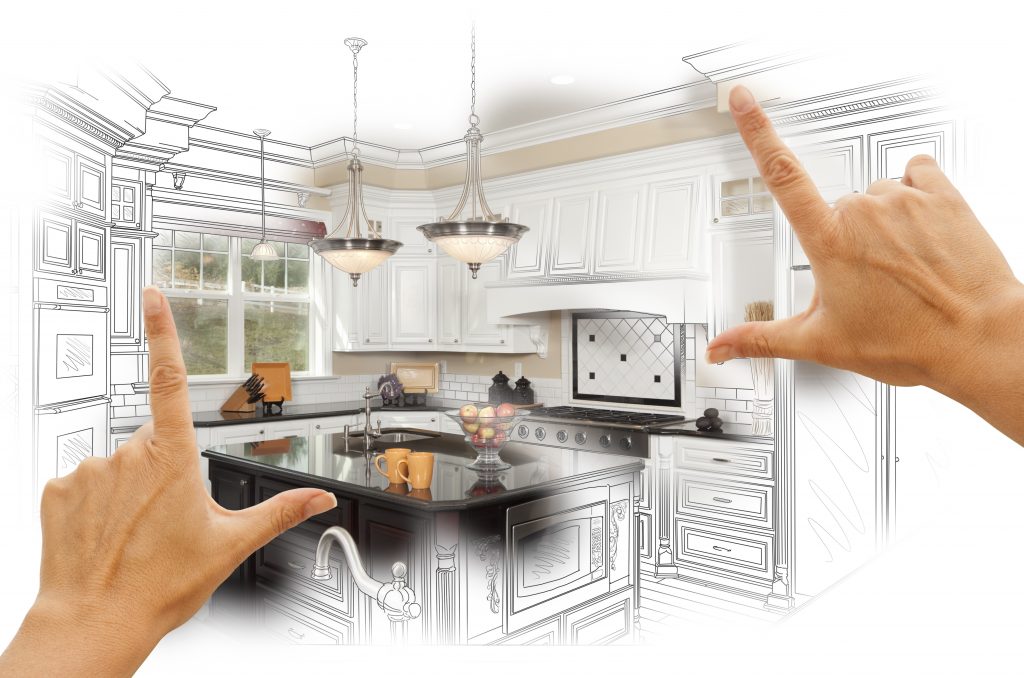When it comes to indoor comfort, few systems are as critical as your heating, ventilation, and air conditioning (HVAC) system. Whether you’re building a new home or upgrading an outdated unit, understanding the process of HVAC installation and replacement is key to achieving optimal air quality, efficiency, and reliability. Investing in a professional and well-planned HVAC system ensures your home or business stays comfortable year-round.
Choosing the right contractor for your HVAC installation and replacement can make all the difference. A qualified technician not only ensures the system is properly sized and configured but also complies with local building codes and energy standards. Always check certifications, reviews, and experience before making a decision, as improper installation can lead to inefficiency, higher energy bills, and even safety issues.
The first step in HVAC installation and replacement is assessing your specific needs. Factors such as square footage, climate, insulation, and number of occupants all play a role in determining the right system. A professional HVAC contractor will perform a load calculation, often using Manual J calculations, to ensure the new unit is neither too large nor too small—both of which can reduce efficiency and increase costs over time.
When considering HVAC installation and replacement, it’s important to evaluate energy efficiency ratings. Units with a high SEER (Seasonal Energy Efficiency Ratio) or AFUE (Annual Fuel Utilization Efficiency) rating may cost more upfront but save money in the long run through lower utility bills. Many utility companies and government agencies even offer rebates for energy-efficient HVAC systems, which can offset the initial cost of installation or replacement.
One common reason for HVAC installation and replacement is aging equipment. Most HVAC systems have a lifespan of 10 to 20 years, depending on maintenance and usage. If your system is frequently breaking down, making unusual noises, or failing to keep temperatures consistent, it might be time to replace it. Newer systems offer improved efficiency, quieter operation, and advanced features like smart thermostats and zoning capabilities.
For homeowners who care about indoor air quality, HVAC installation and replacement provides an opportunity to incorporate air purifiers, UV lights, and advanced filtration systems. These additions can significantly reduce allergens, dust, mold, and bacteria, making your home safer and more comfortable—especially for those with allergies or respiratory conditions.
The cost of HVAC installation and replacement can vary widely based on system type, brand, labor, and location. A typical replacement can range from $5,000 to $12,000 or more, but it’s an investment in comfort, efficiency, and home value. Some homeowners choose to finance the project or look into energy-efficiency loans and tax incentives that help ease the financial burden.
Timing your HVAC installation and replacement is another consideration. Spring and fall tend to be less busy seasons for HVAC contractors, which could mean faster scheduling and lower prices. Planning ahead also allows time to research systems, compare quotes, and avoid emergency replacements during extreme weather conditions.
In both residential and commercial settings, HVAC installation and replacement should include a thorough review of ductwork. Leaky or poorly designed ducts can waste energy and compromise system performance. Sealing or upgrading ducts ensures that conditioned air reaches every room efficiently, reducing strain on the system and lowering your monthly bills.
Finally, after completing HVAC installation and replacement, it’s crucial to establish a maintenance routine. Regular inspections, filter changes, and tune-ups will extend the life of your system and maintain peak performance. Many HVAC companies offer maintenance plans that include annual checkups, priority service, and discounts on repairs—making it easier to keep your investment in top shape.
Conclusion
In summary, HVAC installation and replacement is more than just swapping out old equipment—it’s about enhancing comfort, improving air quality, and increasing energy efficiency. By choosing a qualified contractor, evaluating your needs, and considering long-term benefits, you’ll ensure your home or business stays comfortable for years to come. Don’t wait until your system breaks down; plan your HVAC upgrade today and enjoy the peace of mind that comes with a reliable and efficient climate control system.

